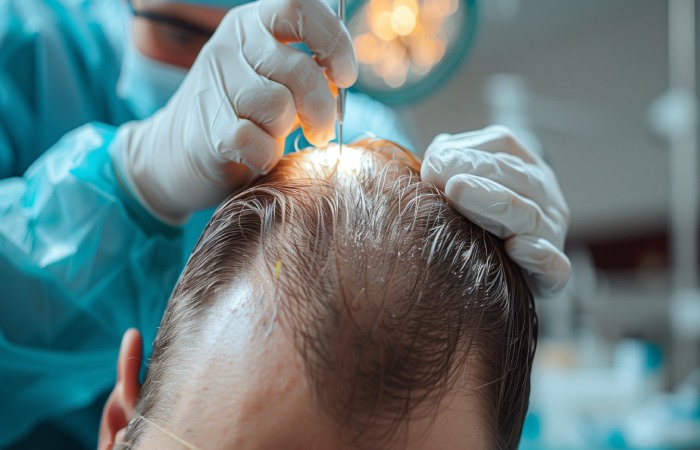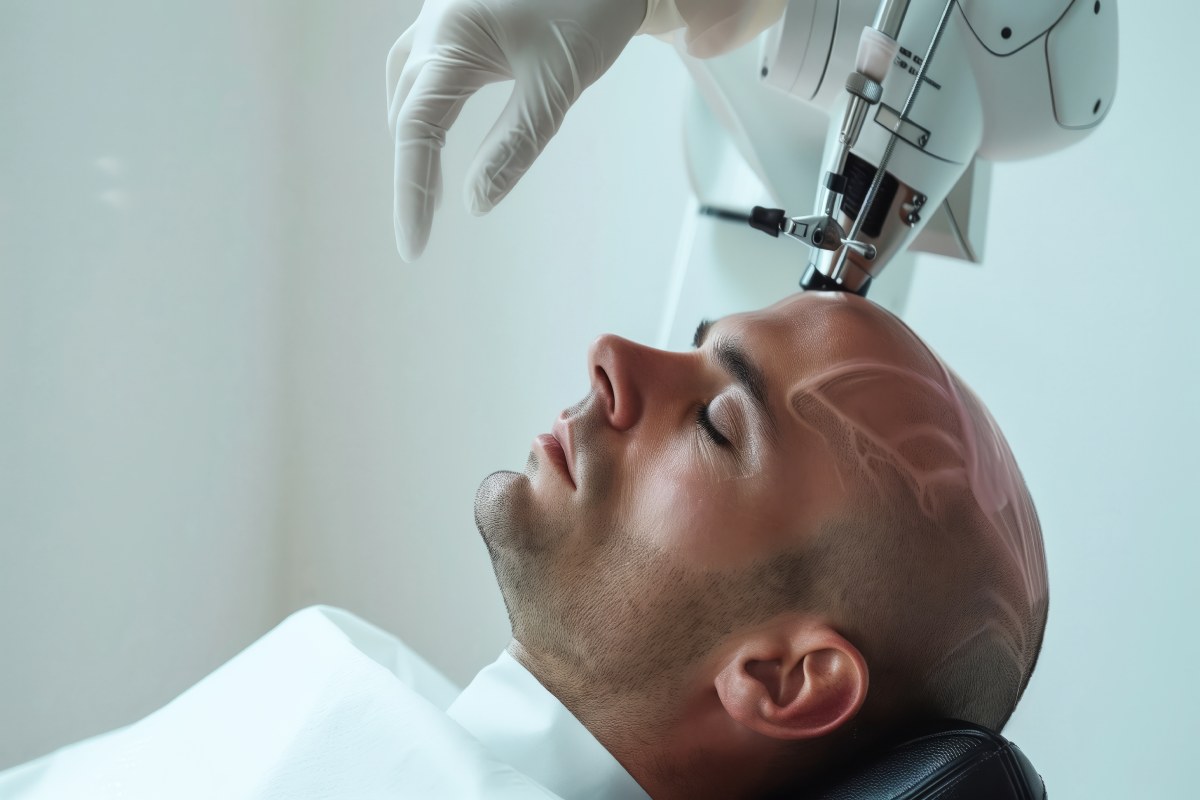Indeed, losing hair can be a frustrating experience. Whether it’s due to genetics, stress, or health issues, hair loss can impact your confidence.
The good news is that modern hair transplant technology offers real, effective solutions for your hair loss woes. If you’re looking for a way to regain your hair and boost your self-esteem, it’s worth exploring how these advanced procedures can help you. Keep on reading to learn more.
Table of Contents
Modern Hair Transplant: A Marvel Of Modern-Day Science

Modern hair transplant technology has come a long way in recent years. These days, hair transplant techniques are more sophisticated, minimally invasive, and produce natural-looking hair growth that help improve patients’ lives.
Two of the most popular and effective hair transplant methods are Follicular Unit Transplantation (FUT) and Follicular Unit Extraction (FUE). Read on to find out more.
FUT For Hair Regrowth
FUT is one of the earliest modern hair transplant methods. In this technique, a surgeon removes a small strip of scalp from the donor area, usually the back of the head where hair is thicker. The strip is then divided into tiny follicular units and transplanted into the balding or thinning areas.
FUT works because of the following:
- Higher Graft Survival: Because the follicles are transplanted as a unit, they have a high survival rate.
- Effective For Larger Areas: FUT is ideal for people who need a significant amount of hair transplanted, as it allows surgeons to move a large number of grafts in a single session.
However, FUT does leave a small scar where the strip was taken. While it’s easily hidden with longer hair, it may be noticeable if you prefer a shorter haircut.
FUE For Hair Rejuvination
FEU is the more advanced and popular method. Instead of removing a strip of scalp, surgeons harvest individual hair follicles directly from the donor area using a tiny punch tool. These follicles are then transplanted into the thinning or balding spots.
Why FUE stands out?
- Minimal Scarring: Since no large incision is made, FUE leaves tiny, barely noticeable scars that heal quickly.
- Natural Results: With each follicle placed individually, the results look completely natural. FUE also allows for a more precise and tailored approach to hair restoration.
- Quick Recovery Time: FUE is less invasive, meaning most patients can return to their daily activities sooner than with FUT.
While FUE tends to be more time-consuming and might require multiple sessions for larger areas, the advantages often outweigh these drawbacks.
How To Determine If Hair Transplant Is For You
Before diving into any hair transplant treatment, it’s important to assess whether a hair transplant is the best solution for your hair loss. Not everyone is an ideal candidate for a hair transplant, and several factors can influence the success of the procedure.
Good candidates for hair transplant method include the following:
- Permanent Hair Loss: If your hair loss is due to a permanent condition like androgenetic alopecia, you’re likely a good candidate. Temporary hair loss caused by stress or medical conditions may resolve on its own.
- Sufficient Donor Hair: The success of a hair transplant depends on having enough healthy donor hair to transplant. If your hair loss is too widespread, this could be a limiting factor.
While hair transplants offer excellent results, it’s important to understand that it may take months to see the full effects. Being patient and having realistic expectations is key.
What To Expect With Hair Transplant Treatment
Hair transplant procedures are usually done in a medical office under local anesthesia, so you won’t feel any pain. Depending on the extent of the transplant, the procedure can take anywhere from four to eight hours.
During the procedure, your surgeon will carefully extract or remove the donor hair, prepare the recipient areas, and implant the follicles in a natural pattern that mimics the way your hair grows.
Recovery and aftercare for hair transplant include the following:
- Mild Discomfort: After the procedure, you might experience some mild discomfort, swelling, or redness in both the donor and recipient areas.
- Healing Time: Healing can take a few days to a week, and most people return to work after a few days of rest.
- Results Over Time: Don’t expect instant results. The transplanted hair will go through a shedding phase before new hair begins to grow. You’ll start seeing noticeable results within three to six months, with full results in about a year.
Final Thoughts
Hair loss doesn’t have to define you. With modern hair transplant technology, you’ve got options to restore not just your hair but also your confidence. By choosing the right solution, consulting with a professional, and following through with proper care, you can reclaim a full head of hair and feel more like yourself again.
It’s time to take control of your hair loss journey—because the solution is closer than you think.

